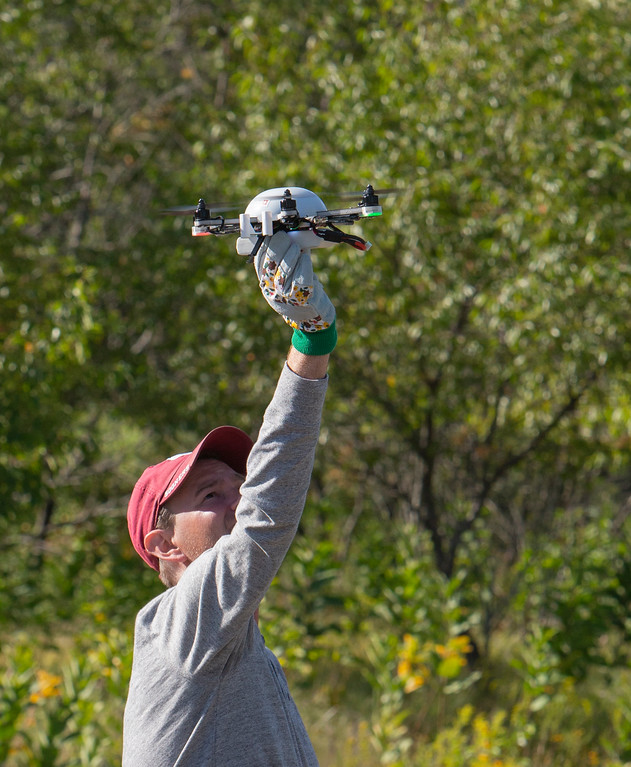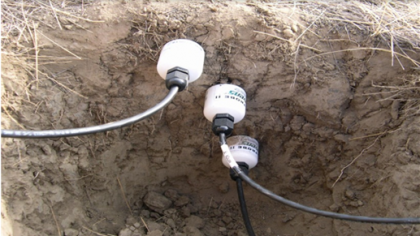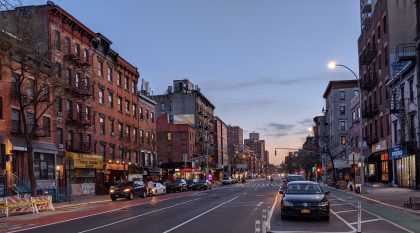AMS 2022 Meeting Features ARL’s Boundary Layer Research
January 18, 2022
The upcoming American Meteorological Society (AMS) meeting will include research by many of the scientists at NOAA’s Air Resources Laboratory (ARL). This year’s AMS is virtual for 2022 and will take place from January 23- 27, under the theme Environmental Security: weather, water and climate for a more secure world. ARL researchers will present on topics from soil moisture to HYSPLIT applications and boundary layer measurements by small uncrewed systems.





